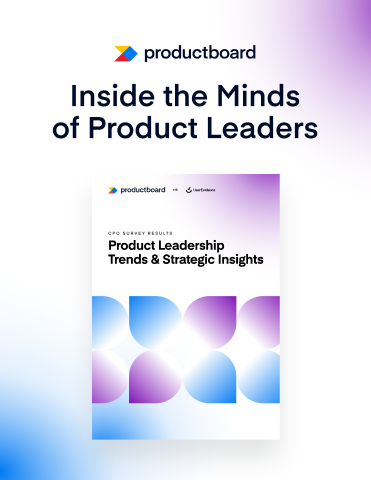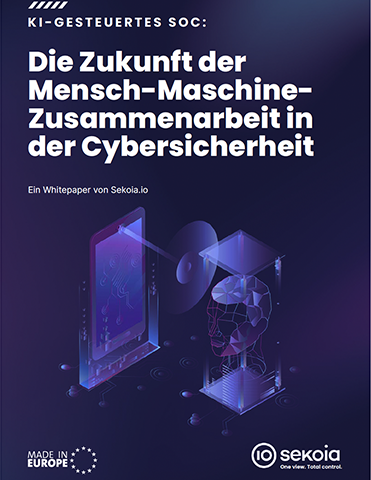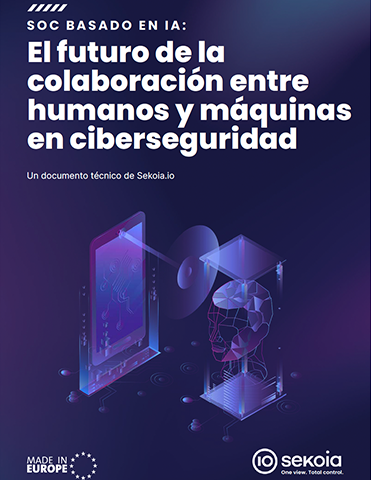The essential IoT tools for business leaders
Sponsored by IntelliasAI, edge computing and 5G are driving innovation with IoT – and tech tools from AWS and Azure make it easier for companies to get started with IoT

According to a Statista report, the number of IoT devices in the world is twice as big as the number of people, and more are added every year. In 2030, the number of connected devices will be four times higher than the human population. This impressive growth emphasises the potential of IoT for companies, from refining business processes to lowering costs spent on energy. Retail companies use IoT to get insights into shoppers’ behaviour and provide personalised customer experiences. Supply chain businesses use IoT to collect historical data and analyse it to predict future customer demand. Healthcare organisations use IoT to monitor patients remotely and help them cope with diseases. In every industry, we are witnessing a vast set of new opportunities driven by IoT.
The possibilities that IoT offers for businesses are huge, from improving business productivity to decreasing expenditures on designing new solutions and customer experiences. Yet getting into the IoT doesn’t mean starting from the ground up or investing in expensive in-house solutions. Three tech giants – AWS, Azure and Google – offer a vast suite of IoT tools that empower businesses to enhance their operations, come up with new ideas for product development and obtain new revenue streams.
AWS IoT tools
AWS has more than 20 IoT tools and services, including:
- AWS IoT Core enables connected devices to securely connect to the cloud and other services, being the backbone of any IoT implementation on AWS. AWS connects billions of devices, and firms such as Roomba use AWS IoT Core for iRobot to automate cleaning, vacuuming and mopping.
- AWS IoT Greengrass is a cloud service that enables organisations to build and deploy local processing, messaging and machine learning capabilities for IoT devices. For instance, DTEK, the largest private national energy investor in Ukraine, leverages AWS IoT Greengrass to prevent power plant equipment failures and scale up and down to meet customer demand.
Azure IoT tools
Azure has more than 20 IoT services, edge components and software development kits that aid organisations in building, deploying and managing IoT solutions, the most important of which are:
- Azure IoT Hub serves as a foundation for any IoT solution deployment on Azure. It is a back-end cloud-based solution that connects IoT applications and their attached devices. For instance, shipping giant Maersk leveraged Azure IoT Hub to track shipping containers more closely.
- Azure IoT Edge is an extension of IoT Hub, enabling local device data analysis instead of using the cloud and providing offline decision-making. XTO Energy, a subsidiary of ExxonMobil, collects data using Azure IoT Edge to gain insights about future drilling opportunities.
Google IoT tools
Google IoT services were discontinued at the beginning of 2023, with the company now offering technology partners that can aid with IoT implementation. One of Google Cloud’s partners is Intellias, which offers IoT migration and customisation to businesses worldwide. Intellias has more than two decades of experience engineering tailor-made IoT solutions to meet the needs of its clients.
IoT tools from big tech companies make it easier than ever before to get going with IoT. Yet IoT is not just about connecting sensors to the cloud. It is about using artificial intelligence (AI) and machine learning to obtain value from bulky IoT data.
The integration of AI, machine learning and IoT is often referred to as AIoT. In this symbiosis, the technologies aren’t just connected; they are intelligently bound to understand, decrypt and take action on their input. Their capabilities in certain areas surpass human capabilities. For instance, a thermostat in a room can learn a person’s preferences and proactively regulate house temperature when the resident is away. Smart shelves in retail stores can detect low inventory and reorder goods automatically. And an X-ray, CT or MRI scanner can determine diseases more accurately, detecting cancer cells or tumours.
Edge computing — the backbone of IoT
IoT devices enable edge computing, where data processing is happening close to the data source (e.g., the device itself). In this way, AI capabilities decrease the latency that is caused by transferring information to the data centre, enabling live processing and immediate decision-making. This is essential for such IoT applications as self-driving cars, which scan the territory to make decisions on how to navigate and avoid obstacles. IoT sensors effectively predict when industrial machines are likely to stop working, helping them achieve 100 per cent uptime.
Moreover, edge computing helps to protect the data from potential breaches or interception, as all the computational tasks are happening very near to the data source.
5G is a complementary technology to IoT, which produces high-speed connectivity that is up to 100 times faster than 4G. IoT devices that work on 5G transmit data instantly. This speeds up the transformation across industries. For example, surgeons located far away from a patient can control robotic instruments to perform surgery. The first 5G brain surgery took place in 2019 in China when the doctor successfully operated on the patient’s brain from 3,000km away. Drones, equipped with 5G, provide seamless video streaming, which is very useful for getting footage about natural disasters or inspecting the construction of buildings.
Green IoT and its impact on sustainability
IoT solutions have the potential to decrease CO2 emissions by up to 15 per cent in 2030, according to a study by Ericsson. This is because IoT sensors are energy efficient and can be powered by renewable energy sources. For example, IoT sensors used in Barcelona have installed 10,000 IoT sensors to track open parking spots. Drivers can access this information though the app, aiming directly for a free parking space instead of riding around to find an empty spot and so creating a smaller amount of greenhouse gas emissions.
With the IoT tools offered by AWS, Azure and Google Cloud, businesses are better equipped to get deeper insights from IoT data, come up with ideas for new solutions and improve their customer service. Yet, the deep value of IoT goes beyond device connectivity. It is about the integration of IoT with AI and machine learning, edge computing and 5G. AI and machine learning used with IoT help to upgrade productivity and safety, personalise our experiences and boost the quality of our lives. Edge computing makes it possible to process data in real-time, detect fire and smoke and trigger alarms and water sprinklers. 5G supports IoT sensors, making it possible to handle millions of devices at the same time. These improvements are already having a great impact on businesses, enabling them to be more effective, cost-efficient and innovative.
To find out more about Intellias IoT solutions, click here.

Roman Reznikov, VP of Delivery at Intellias
Roman manages more than 600 engineers across over 50 projects, implementing company-wide delivery decisions and helping expand Intellias’s presence in the LATAM region. He won the Project Management Institute’s Best Professional in Project Management award in Ukraine in 2017 and was named 2020 PMI Young Professional for his significant impact in advancing project management practices, setting industry standards and establishing outstanding initiatives.
Throughout his career he has driven transformational business visions for multibillion-dollar companies operating across the globe, from Panasonic in North America to Majid Al Futtaim in the Middle East.
His educational background includes Otto von Guericke University, the German Management Academy of Lower Saxony (DMAN), and the Technion – Israel Institute of Technology. He also has a PhD in Economics, extensive technology experience, and a strong roster of certifications, including PMP, ITIL, PRINCE2 and SAFe.

Business Reporter Team
Most Viewed
Winston House, 3rd Floor, Units 306-309, 2-4 Dollis Park, London, N3 1HF
23-29 Hendon Lane, London, N3 1RT
020 8349 4363
© 2025, Lyonsdown Limited. Business Reporter® is a registered trademark of Lyonsdown Ltd. VAT registration number: 830519543



